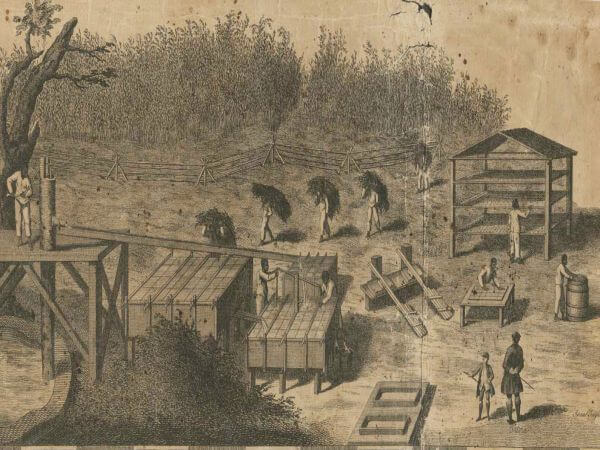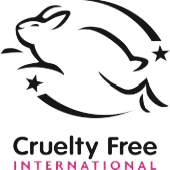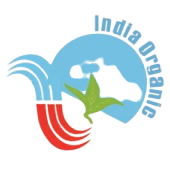Indigo History



The name Indigo comes from the Roman word, Indicum which means “a product of India.” This is somewhat of a misnomer since the plant is now grown across the continents including Asia and Central America. Another ancient Urdu or Hindi word for the dye is “Neel” (blue) from which the Arabic term for blue, Al-Neel is derived. The English word Aniline comes from the same Arabic source. Of these, Indigofera tinctoria, native to India, has the highest concentration of Indican that makes the deep dark blue dye possible. This dye is used to color denim jeans. Because of its virtues and bright history, the Indigo dye is making waves in the textile industries.
The dye is first mentioned in a written source for Western Europe in the ‘histories of Herodotus’ (around 450 B.C.) who described its use in the Mediterranean area. In the excavation of Thebes, an Indigo dyed garment, dating from 2500 B.C, was found.
Archaeologists have traced the use of Indigo 6,000 years ago which makes it one of the oldest dyes still in use today. The oldest preserved indigo-dyed textile fragments were unearthed in pyramids which were worn by Ancient Egypt’s Fifth Dynasty. This makes these garments as much as 4,500 years old.
The cultivation of the Indigo plant (tinta añil) in the New World dates to pre-Hispanic times. The Indians of northern Central America harvested wild indigo plants called Xiquilite which were traded extensively and used as a rich blue dye for textiles. During the late sixteenth century, the Spaniards domesticated and expanded the cultivation of indigo in Central America. They established several Indigo plantations in Yucatán and along the fertile Pacific coasts of El Salvador, Guatemala, and Nicaragua.
Today the blue dye is extracted from several plants. Historically the indigo plant was the most commonly used product because it was widely grown and easily available. It belongs to the legume family. Moreover, over three hundred species of the Indigo Plant have been identified out of which Indigo Tinctoria and Indigo Suffruticosa are the most commonly used ones. In ancient times, indigo was a precious commodity because plant leaves contain only a small amount of dye (about 2-4%). Therefore, a large number of plants are required to extract a significant quantity of dye. Indigo plantations were founded in many parts of the world to ensure a controlled supply.
In the 16th century, the Portuguese, Dutch, and English traders brought indigo dye to Europe from India. Throughout the nineteenth century, British India, also known as the East India Company was the pre-eminent supplier of Indigo dye to the West which was used for its thriving textile industry.
Of Primary importance are the “French indigo, Indigofera tinctoria L, and Guatemalan indigo, Indigofera Suffruticosa which was formerly classified as Indigofera Anil L. These plants are perennial shrubs with an erect stem, reaching a height of 1 to 2 meters (39 to 78 inches). The French and Guatemalan indigo differ in size and shape of the leaflets and pods. Prior to the development of synthetic Aniline and Indigo dyes, the indigo species were grown commercially in the East Indies, India, and parts of North, South, and Central America for domestic use and export purpose. The popularity and economic value of the Indigo plant reached a peak during the Middle Ages when it was the most important dye developed by the Western world to tinge Denim Jeans.











